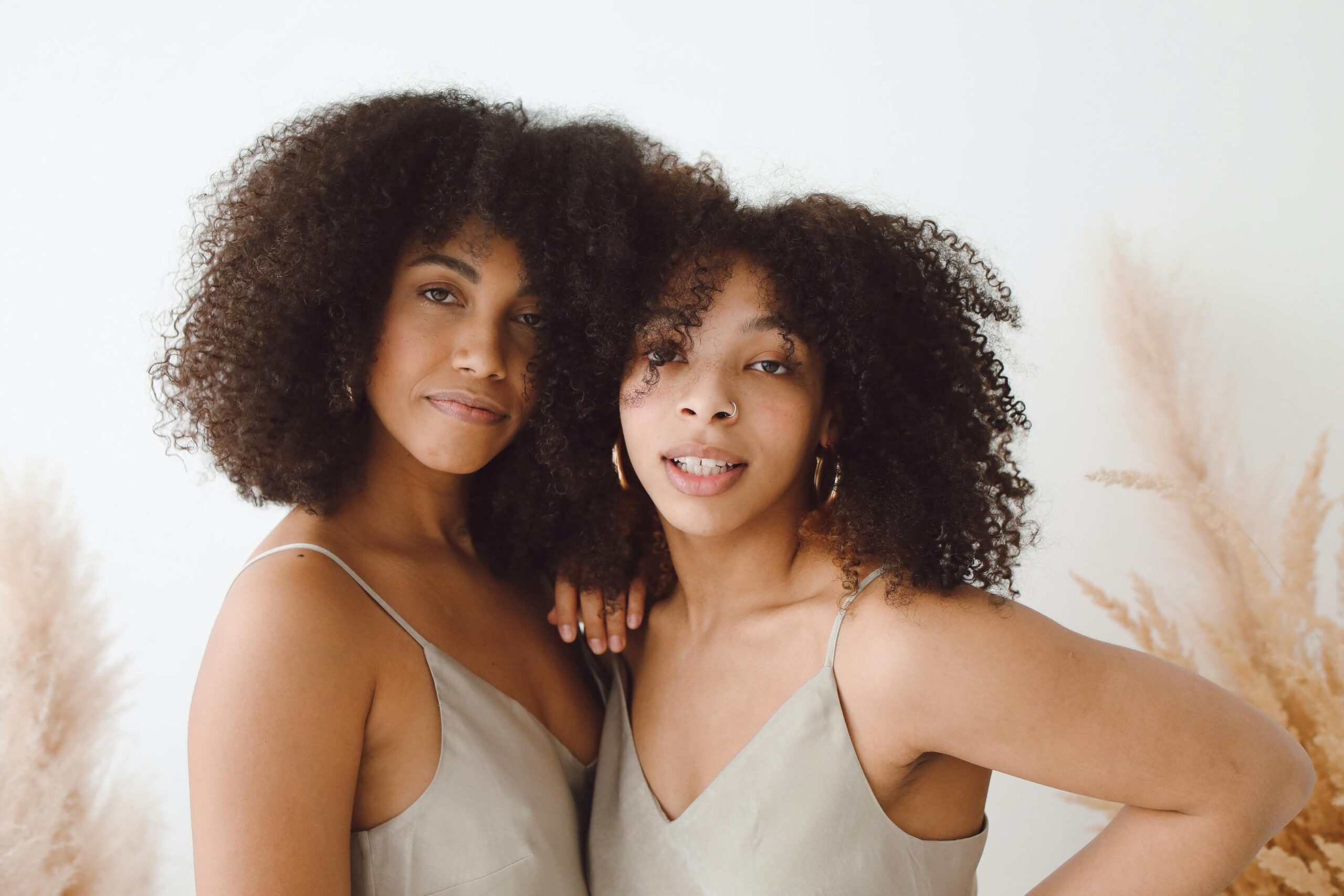If there’s anything the internet has proven, it’s that we’ve all secretly lived the same life. You may think that your innermost quirks are unique to you, but chances are, there’s someone out there who can totally relate. Whether that’s comforting or humbling, it certainly makes the world feel a bit smaller.
A recent viral video by Instagram user @ingrid.griffin is sparking major nostalgia and uncovering what she calls the pink/purple and blue/green sister theory. The premise? Many siblings grew up unconsciously assigned color palettes that shaped their aesthetics, bedrooms and even personalities.
What Is the Pink/Purple and Blue/Green Sister Theory?
In her reel, Ingrid asked if anyone else grew up in a household where one sister always had pink and purple items, while the other leaned toward blue and green. Whether it was bedroom décor, toys or school supplies, the color code seemed to stick. And it turns out—plenty of sisters could relate.
The comment section lit up with variations of the same story. One user, @abbydan28, said, “I’m the blue/purple sister and my sister was pink and green.” Another user, @abigailcone1, added, “I was the warm colors (pink, yellow, orange), and my sister was the cool colors (blue, green, purple).”
Whether explicitly discussed or just silently followed, many siblings had their designated colors—and they weren’t to be crossed.
What’s the Psychology Behind the Color Pairings?
Scroll through the comments and a pattern starts to emerge: the older sibling often rocked blue and green, while the younger leaned into pink and purple. It’s a theory rooted more in cultural patterns than hard science, but the associations still track.
Pink and Purple
Pink has become synonymous with femininity, but that wasn’t always the case. Before World War II, pink was actually considered a strong, masculine color. That changed thanks to marketing shifts, and now, studies show that girls as young as two begin preferring pink around the same time they start identifying gender roles. Pink is often linked to softness, kindness and nurturing. Purple, on the other hand, adds a flair of creativity and imagination—traits commonly encouraged in young girls.
Blue and Green
While pink might signal traditional femininity, blue and green are more neutral—often favored by all genders. Blue symbolizes calmness and trust, while green connects to nature and tranquility. A child drawn to these hues may be expressing independence or stepping outside the traditional gender box.
At the end of the day, kids are just trying to find their own lane. And if that lane happens to be a sea of cool tones or a splash of bubblegum pink, it might just say more about who they are—or want to be—than we realized.
Whether it was just a childhood aesthetic or something deeper, this theory reminds us how even the smallest things—like your favorite color—can help define your identity.
